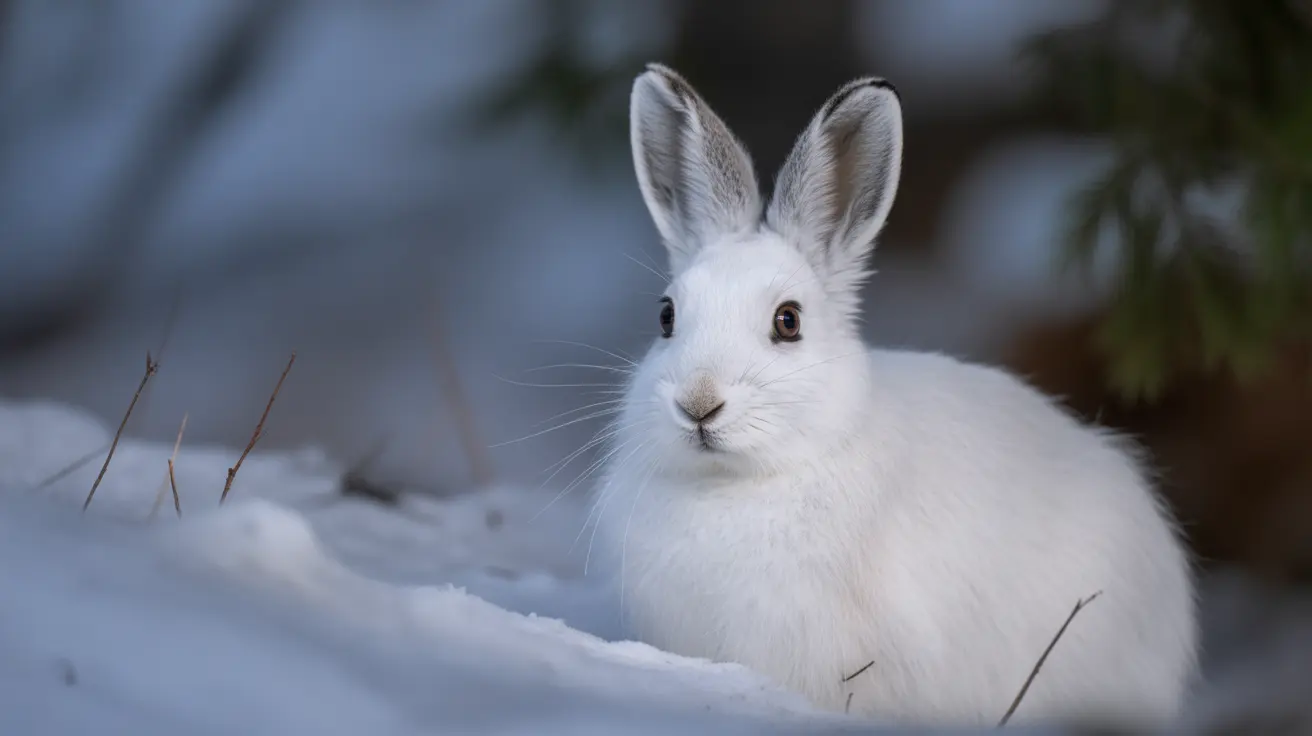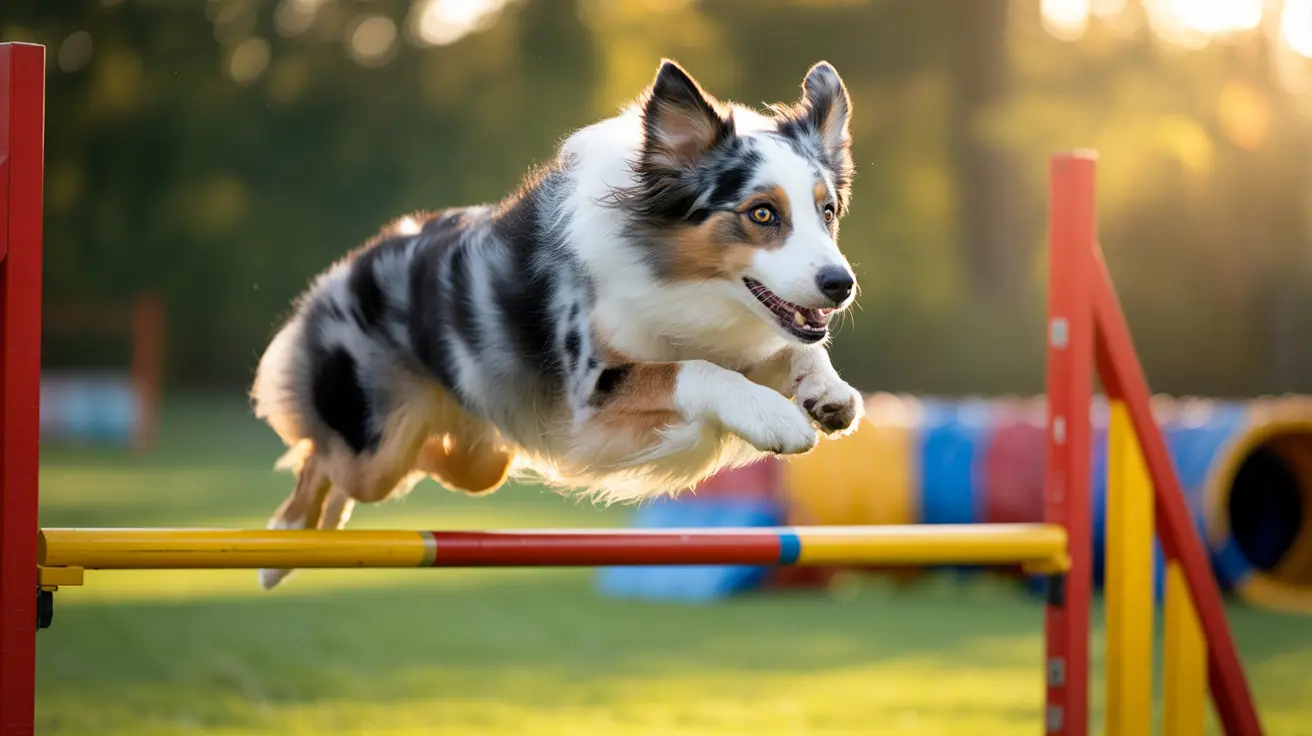Understanding the 7 Dog Categories: A Guide for Dog Lovers
When selecting a dog as a pet, understanding the various groups or categories can help match a dog’s traits to your lifestyle. The American Kennel Club (AKC), one of the most recognized canine organizations, classifies dogs into seven distinct categories based on their historical purpose, behavior, and physical characteristics. This article explores these seven dog groups to help you better understand your canine companion or find the right breed for your home.
1. Sporting Group
Sporting dogs were bred to work closely with hunters to locate and retrieve game. They are energetic, friendly, and eager to please.
- Traits: Active, alert, and easygoing
- Notable breeds: Labrador Retriever, Golden Retriever, Spaniels
- Ideal for: Active families, outdoor enthusiasts
2. Hound Group
Hound dogs are known for their exceptional sense of smell or speed, used historically to pursue game animals. They may use either sight or scent to hunt.
- Traits: Determined, independent, vocal
- Notable breeds: Beagle, Greyhound, Bloodhound
- Ideal for: Owners who enjoy long walks or runs
3. Working Group
Working breeds are strong and intelligent dogs historically bred to perform tasks like guarding, sled pulling, and rescue operations.
- Traits: Intelligent, courageous, powerful
- Notable breeds: Siberian Husky, Boxer, Newfoundland
- Ideal for: Experienced dog owners, those seeking protection or utility
4. Herding Group
Herding dogs were developed to herd livestock like sheep, cattle, and reindeer. They exhibit high intelligence and trainability.
- Traits: Alert, energetic, responsive
- Notable breeds: Border Collie, Australian Shepherd, German Shepherd
- Ideal for: Active individuals or families with ample time for training
5. Terrier Group
Terriers were bred to hunt and kill vermin. These dogs are feisty, energetic, and courageous, often known for their strong personalities.
- Traits: Spirited, stubborn, brave
- Notable breeds: Jack Russell Terrier, Bull Terrier, West Highland White Terrier
- Ideal for: Experienced owners who appreciate tenacity
6. Toy Group
Toy dogs were bred primarily for companionship and have charming personalities packed into a small frame. They are well-suited for city or apartment living.
- Traits: Affectionate, alert, sociable
- Notable breeds: Pomeranian, Chihuahua, Pekingese
- Ideal for: City dwellers, the elderly, families looking for a lap dog
7. Non-Sporting Group
Non-sporting dogs do not fit neatly into the other groups. This diverse group includes breeds with varying sizes, traits, and roles.
- Traits: Diverse range—from dignified to clownish
- Notable breeds: Dalmatian, Bulldog, Poodle
- Ideal for: Owners valuing uniqueness and varied personalities
Why the Classification Matters
Understanding these categories can make a significant difference when choosing a dog that matches your lifestyle. Each group brings distinct care needs, exercise requirements, and temperaments. While individual personalities vary, the category gives a good baseline for expectations.
Conclusion
The seven dog categories—Sporting, Hound, Working, Herding, Terrier, Toy, and Non-Sporting—help dog enthusiasts make informed decisions about which breed suits their family and environment best. Knowing where a breed fits in these groups also aids in training, health management, and daily care. Whether you're a seasoned dog owner or a first-time adopter, keeping these classifications in mind can serve as a helpful guide on your journey with man's best friend.





